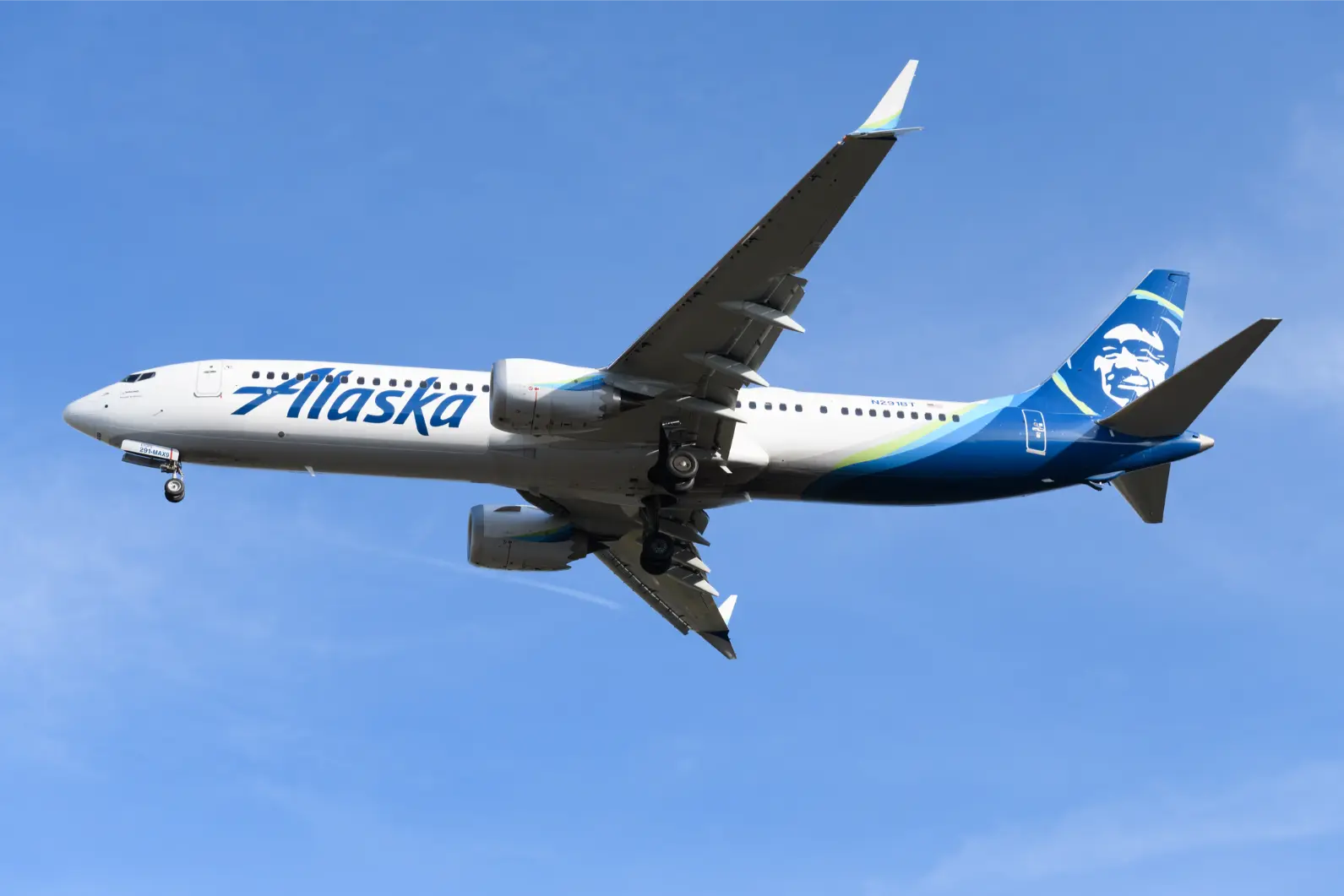The Associated Press is reporting that the same Alaska Airlines Boeing 737 Max 9 that suffered a mid-flight incident over Oregon had previous warning lights on previous flights indicating a ‘possible pressurization issue’.
Jennifer Homendy, chair of the National Transportation Safety Board, revealed that prior to the incident, the same aircraft had been restricted from long overwater flights, such as those to Hawaii, due to recurring issues with a warning light that could indicate pressurization problems. This decision came after the light activated on three separate occasions – December 7, January 3, and January 4.

Despite the preventative measures, on January 5, the aircraft suffered a significant malfunction when a plug covering an unused exit door detached during flight, approximately three miles above Oregon. This event caused notable internal damage, including dislodging several rows of seats and insulation, as well as disrupting the cockpit, where the force of the air pressure removed the co-pilot’s headset and partially dislodged the captain’s.
Door Plug Found, Black Box Issue
The detached door plug, measuring 26 by 48 inches and weighing 63 pounds, was later found near Portland, Oregon, by a school teacher identified only as Bob, who subsequently reported the finding to the NTSB.
Further complicating the investigation, the NTSB disclosed that the cockpit voice recorder, one of the aircraft’s black boxes, had overwritten the flight’s recordings after two hours, limiting access to crucial in-flight data.
FAA Grounds All Alaska and United 737-9s, Airworthiness Directive to Come Shortly
Following this incident, the Federal Aviation Administration (FAA) issued an immediate grounding order for 171 of the 218 Boeing 737 Max 9 jets currently in service. This directive specifically affects all Max 9s operated by Alaska Airlines and United Airlines, who collectively own 144 of the grounded aircraft. Both airlines are awaiting detailed inspection guidelines from Boeing.
Boeing is in the process of drafting a service bulletin to address the inspection procedures, which has not yet been submitted to the FAA for approval. An anonymous source familiar with the situation indicated that creating such a technical document typically requires a couple of days.
This incident and subsequent grounding represent a significant challenge for both the airline industry and Boeing, as they work to ensure the safety and reliability of the 737 Max 9 fleet.
